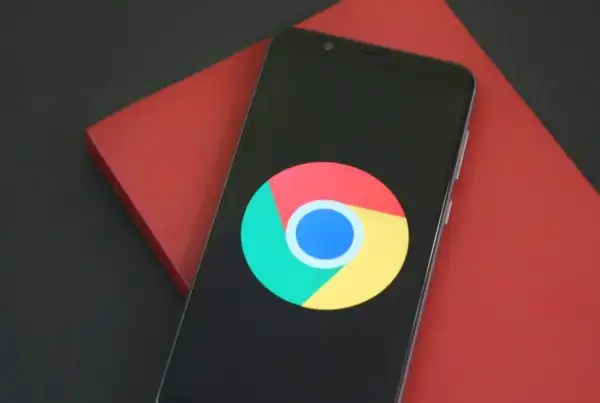Google are trying to find ways to capitalise on the growing accpetance of multiple media formats in a single search results page and to bring back attention to sponsored links, which may have been lost partly due to the increased use of universal search.
The New York Times reports that Google is running tests of video ads on their regular search results pages.
The relevant question here would be ‘how do users feel about it?’ Will regular Google search users welcome these ads as a sign of progress? Or will they feel imposed upon by Google, and think that these ads are creating a nuisance or a distraction from the once clean form that won Google favour with the masses.
Based on tests done in the past it seems that searchers should be quite receptive to these video ads. According to Marissa Mayer, Google’s VP of Search Products and User-Experience, “With universal search, something is getting shaken up a bit on the bottom part of the page. The ads on the top part of the page should match.”
Video ads will soon appear on conventional search results pages, in a manner similar to the way maps are shown in sponsored links for localised searches. Initially the video will be included with the regular text ad via a small plus sign and a link prompting users to click to play the video. The ad will run only if the visitor clicks the plus button, thus giving users the option to see the ad only if they choose to do so. In the future Google intends to test the ads with a single still image from the video in addition to the plus sign and ‘click to play’ link.
According to Marissa Mayer, in the past all Google searches were based on text and therefore visual ads were not acceptable then, as they might have caused a distraction. But now that the results contain videos and images, text ads are not very effective as the eyes of the user automatically focus on the images.
With the progress in search engine technology it is only appropriate that the ads displayed should also be in a more advanced format. It should be noted that as far back as in May 2006, Google had planned to start a new service to place video ads on its websites. It was found that there was no dearth of advertisers to fill up the commercial space available online.
The video ads are currently available only to a very small group of advertisers and are being tested in an extremely small test group.









